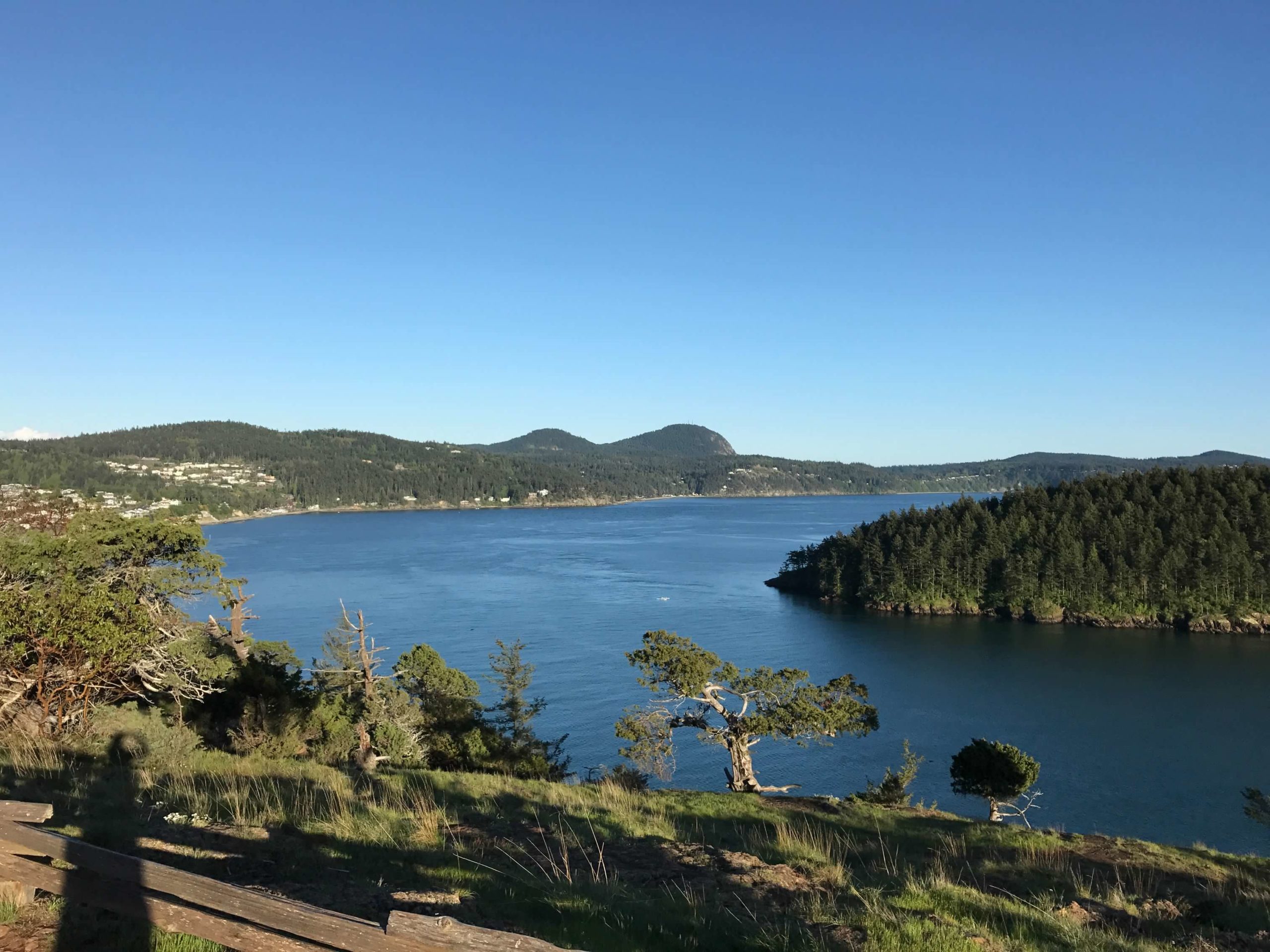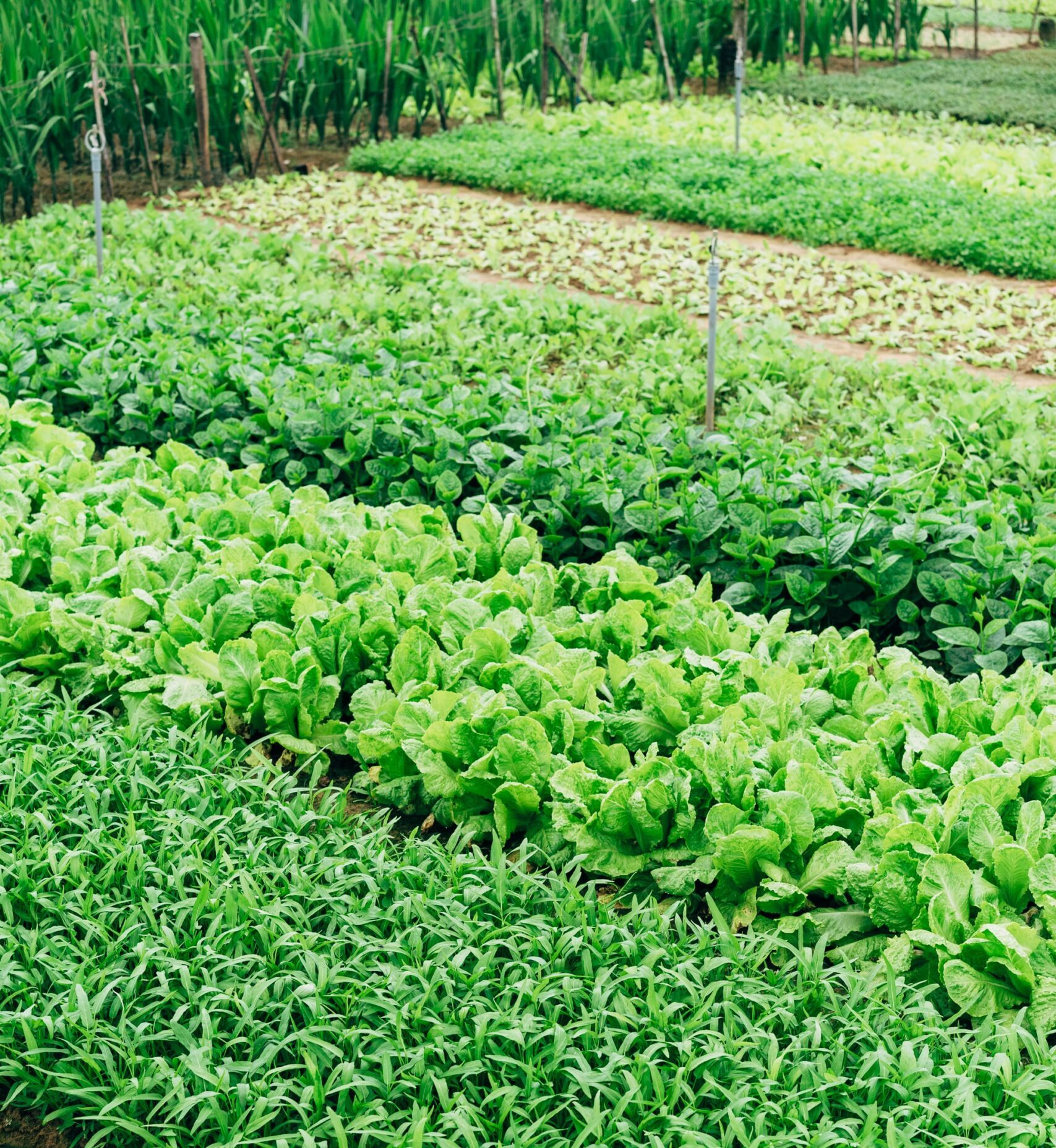Not all offsets are created equal. Some do a lot of good, and some do more harm than anything due to the displacement of communities and greenwashing. So what kind of offsets are most effective, and what are carbon offsets anyways? Let’s get into it.
What are carbon offsets?
Carbon offsets are a method that companies or individuals use to essentially balance out their carbon footprint. For every tonne of emissions created, one offset is purchased to make up for it. Offsets can involve planting trees or community projects, but the activity purchased needs to reduce carbon (for example, trees are a carbon sink, so planting more should reduce carbon—in theory).
It should be noted that not all emissions are made up of carbon, but are listed as carbon offsets in order to more easily assess the impact. Otherwise units of measurements and all the numbers would be different, and hard to add up accurately (at least that’s the thinking).
Why would companies purchase carbon offsets?
Companies are realizing that sustainability is a good investment. It raises public trust, gains them more customers, and encourages them to be innovative in terms of moving into the future. It’s also a powerful way to close in on their climate targets, which is especially desirable when the target numbers are public.
Why would an individual purchase carbon offsets?
Though the idea of an individual having a “carbon footprint” was invented by the fossil fuel industry (guess how big their footprint is?- larger than yours), there is some value in offsets at an individual level. The weight of the climate crisis should not fall on individuals, but it is important to do what we can.
For many, having a tangible number to assess their impact can be helpful in seeing areas that they can improve. For example, it can be a wakeup call when they see they are sustainable except in the way that they eat. They can calculate just how much smaller their climate impact could be if they ate more plant-based foods, or shopped more locally. This can be empowering and informative.
Another reason many choose to purchase carbon offsets is due to flying. While there aren’t really alternatives in most cases currently, purchasing offsets for your flight is a good way to undo damage done (imperfectly, but it’s better than nothing). Airlines should be in charge of offsetting every passenger, but in the meantime, those who have the means to are doing so to have peace of mind.

What kinds of offsets work?
Unfortunately, there are a lot of offsets that aren’t just ineffective—they’re harmful. It’s important to know what kind of offset it is that you’re buying, or that the company you’re supporting is purchasing.
It can be overwhelming to know how to assess whether or not an offset is effective, real, and socially conscious. People go to school specifically to study this, so don’t get frustrated if it’s a lot to take in, or is confusing. Be patient with yourself, trust your gut (if it looks sketchy, it probably is), and keep some things in mind when it comes to deciding what kind of carbon offsets are most effective for you.
The offsets need to be specific.
In other words, they can’t just say something like “We offset every shipment” or “We plant trees with every purchase.” Where do they plant trees? What kinds of trees are they planting, and what practices are being used in doing so? If it just says “offset,” look into exactly what that means. Is there documentation on their site?
If it is legit, there should be an entire page dedicated to them (because it’s a lot of information). It should list where they buy the offsets from, who does the offsetting, where the offsets are happening, how much offsetting they have participated in so far, if they’ve done a community assessment, and information about their current footprint as a company (hopefully with goals for the future listed). Often, this will mean that there is a page dedicated to it that provides easy access for consumers to read, filled with information that has been distilled for understanding. There should be a link or a document on this page that shows the specific numbers, methodology, and statistics that were distilled on the general page.
If you don’t see any of this with the company that claims to use offsets, support a different company—especially if they’re a large company that can clearly afford to do better.
While tree planting offsets are the most popular, they are not the best.
Companies use tree planting the most when it comes to advertising their offset efforts because they’re the least abstract. People can understand that X amount of emissions equals X amount of trees planted. It’s easy to publicize, it’s well received (who doesn’t love trees?), and it’s easiest to get done. The truth is, it’s a lot better to protect old growth forests and older trees than it is to plant new ones. There are a few reasons for that:
- Old growth forests (meaning forests that have not been harvested and have centuries-old trees in them) sequester more carbon than new, smaller trees do. Old trees sequester more than they emit. Smaller trees don’t.
- When new trees are planted, older trees are often cut down to make room for them. This creates a release of carbon from the destroyed older trees, because they were holding that carbon while alive.
- Often, planting new trees results in monoculture crops—meaning that all of the trees are the same species. This harms biodiversity, which is vital to the wellbeing of the ecosystem. It can collapse entire habitats, cause deadly erosion, and kick out animals who relied on diverse plants.
- Tree planting efforts are usually done along the equator or in countries like Costa Rica. Unfortunately, this often results in a displacement of those who live on the land that corporations want to plant on. This is not only a violation of human rights, but when an indigenous culture lives there, it puts the ecosystem at risk. They were watching out for the land for thousands of years, and then that knowledge is disregarded and kicked out of where it is needed most.
- Not all companies use advanced enough technology to track whether or not the trees are equating to the amount of emissions they are supposedly offsetting.
- Sometimes invasive species are planted, or the native and present flora is disregarded when picking what trees to plant. They need to be native to the space and complementary to what is already there. Otherwise, huge die-offs can happen.
- Many companies have been dishonest in the past about how they go about their planting efforts. They can decide they will plant a set amount of trees, no matter how many people purchase their product, rather than planting per unit of emission created. Even when individuals buy offsets this can be a problem. Make sure you’re buying from an offset organization that tells you exactly how many trees are planted for each tonne.
These are all things to keep in mind. Tree planting can be done well, especially when a forest is being restored. The local people, flora, fauna, and ecological history needs to be kept in mind in order for this type of offset to work. Otherwise, it’s best to purchase offsets that protect forests instead- specifically old forests.
Conservation is a great form of offset.
This can include protecting the old growth forests (just make sure they give specifics as to how they plan to do that- it should be a long-term project). Otherwise, rewilding is a fantastic type of offset. This involves planting native species and letting nature go back to its wild form in places where it’s been damaged or cut back.
Community projects are very efficient offsets, but lots of homework needs to be done.
This is such an effective type of carbon offset, but make sure the company you are buying from has done plenty of research. For example, a good type of offset would be giving communities access to sustainable hot water so that they don’t have to burn firewood to boil it. Anything vague, generic, or without any data to show exactly how it ends up reducing emissions is not going to be an effective offset.

What are some alternatives to carbon offsets?
There are many alternatives to offsets. Often, offsets are ways for large corporations to go on doing environmentally damaging things without accountability. Overall it’s better that offsets aren’t required in the first place. This is called being “net-zero,” rather than carbon neutral.
Using renewable energy is a cost-efficient and proven way to reduce emissions. Becoming zero-waste is as well. Not supporting animal agriculture is also a huge way to reduce emissions- whether that means only catering vegan food, growing everything that is served in the cafeteria, or on an individual level, not eating animal products.
Should everyone buy carbon offsets?
On an individual level it’s important to know that it’s not your responsibility to purchase these. We live in a capitalistic society that should be doing that, and not everyone can afford to fix the emissions they are forced to emit thanks to lack of access to other lifestyles. If you have the means to though, offsets are great.
Otherwise, try to buy from companies that purchase offsets, and keep everything you’ve learned in mind when deciding if what they’re doing is working. If it’s not, write them. Show them you’ve noticed.
Get more like this—Sign up for our daily inspirational newsletter for exclusive content!
___
Photo: Emily Iris Degn





